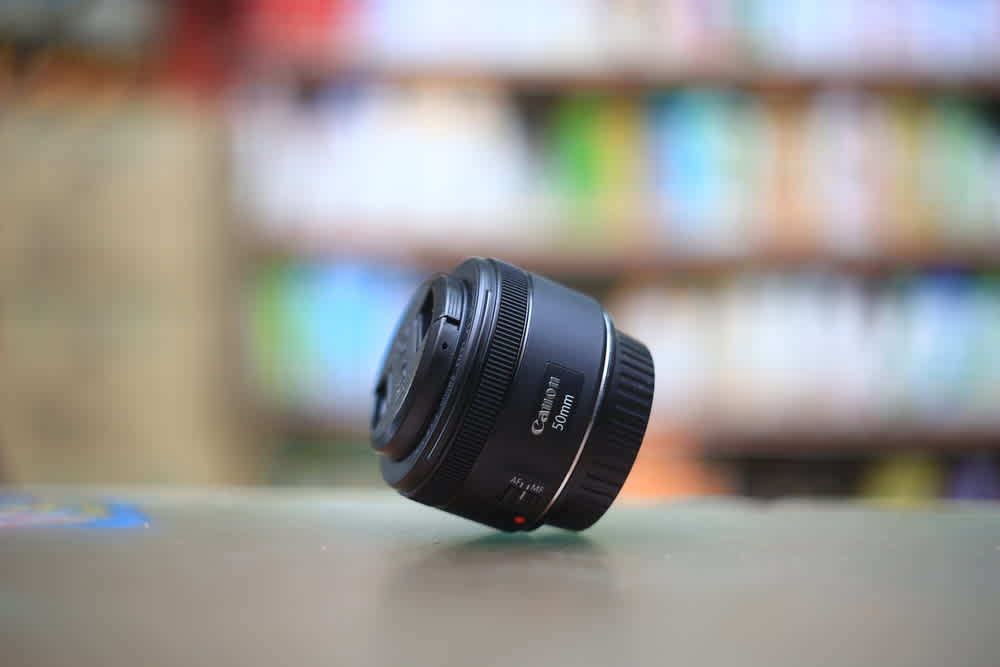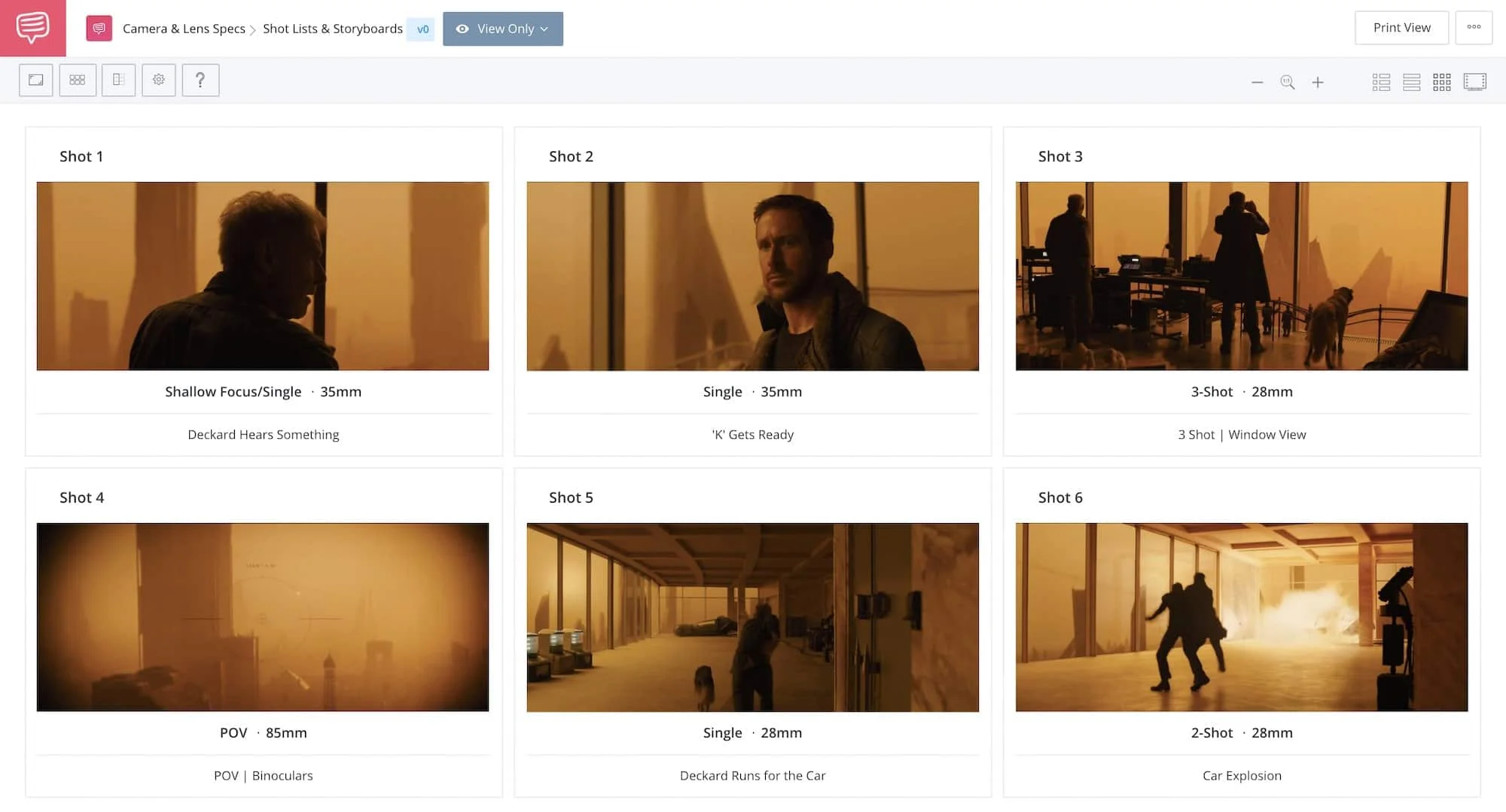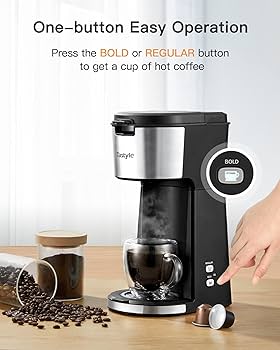Decoding the Magic: What Does a Prime Lens Mean in Photography?
Introduction
Photography is an art of capturing light in its most beautiful form, and lenses are the key accessories that photographers use to manipulate and experiment with light. But with various types of lenses available in the market, it can be quite perplexing to choose the right one. A prime lens, often simply referred to as a 'prime', is one such lens that carries its unique magic. In this article, we aim to decode what a prime lens means in photography, its importance, features, comparison with zoom lens, and how to choose the right one for your needs.
What is a Prime Lens, and How Do They Work?
A 'prime lens' might initially sound complex to the amateur photography enthusiast, but simplistically, it is nothing more than an optic lens with a fixed focal length. Contrary to a zoom lens, with a prime lens, the focal length remains constant which means the zoom function is non operational. Instead, to alter your viewpoint, a physical change in your position - i.e., moving closer or further from your subject - is required.
Understanding better with key points:
- Fixed Focal Length: Unlike zoom lenses, a prime lens comes with a non-adjustable focal length. To change your field view, you need to alter your physical stance.
- Design Simplicity: This contributes to improved image quality. The uncomplicated design allows the lens to capture more light for improved low light performance and offer larger apertures.
- Depth of Field Effect: The ability of prime lenses to create depth-of-field effect makes them an ideal choice for portrait photographers. By adjusting the aperture, these lenses can beautifully blur the backgrounds, adding professional touch to your captures.
In sum, the more you understand a prime lens, the better your photography skills would become. It opens vistas to countless exploratory opportunities, allowing the photographer to play around with angles, light manipulation and depth, producing impressive results.
What are the Features and Advantages of a Prime Lens?
Choosing a prime lens for your photography kit can unlock a world of benefits and unique features. These powerful tools are revered in the photography community for several reasons:

Sharpness and Vividness: Prime lenses are famous for producing sharp images with vibrant color rendition. Unlike zoom lenses, prime lenses have fewer glass elements, leading to less diffraction and heightened clarity in the shots.
Excellent Low Light Performance: A defining feature of a prime lens is its larger maximum apertures, typically lower f-numbers compared to zoom lenses. This wider opening allows more light to enter, making it exceedingly useful in low light conditions.
Portability: Prime lenses are typically smaller and lighter than their zoom counterparts. Their compact size makes them ideal travel companions, making it easier to shoot on the go.
Encourages Creativity: Since prime lenses have a fixed focal length, photographers are compelled to explore different viewpoints and angles instead of just zooming in or out. This can inspire creativity and lead to more varied and interesting shots.
Cost Effective: Generally, prime lenses tend to be less expensive than zoom lenses. However, high-end models may come with a higher price tag, offering superior features and performance.
In summary, prime lenses can offer superior image quality, brilliant color contrast, enhanced low light performance, and portability, all while potentially saving on your budget. Their inherent features and advantages make them an excellent addition to any photographer's gear.
Prime Lens vs Zoom Lens: What are the Differences and When to Use Each?
Understanding the differences between prime lenses and zoom lenses and knowing where each excels can vastly improve your photography results. Here, let's unpack these differences and look at where you might prefer to use each.
1. Prime Lens:
- Image Quality: Due to their simpler construction, prime lenses generally provide superior quality images, exhibiting greater sharpness and less distortion.
- Aperture: They usually have larger maximum apertures, allowing more light to enter. This feature makes them ideal for low-light conditions.
- Size: Prime lenses are smaller, more compact, and less bulky than zoom lenses, making them more portable.
- Best for: With their higher quality images and better performance in low-light conditions, prime lenses excel in portrait, landscape, and street photography, where image precision and quality are top priorities.

2. Zoom Lens:
- Framing Flexibility: The key advantage of a zoom lens is its versatility. You can adjust the focal length without changing your position or swapping out the lens.
- Versatility: With a zoom lens, you can capture a variety of scenes and subjects without needing several different lenses.
- Best for: These are perfect for wildlife, sports, and event photography, where quick composition changes and versatility are preferred.
Summary:
- Prime lens offers excellent image quality, wider aperture, and a compact size. Best when image quality and low light capability are desired.
- Zoom lens delivers framing flexibility and versatility. Ideal when framing flexibility and capturing a wide range of scenes are important.
Through understanding these differences, you can better align your lens choice to your photography needs and style.
How Can a Prime Lens Enhance Your Photography Style?
Switching to a prime lens can significantly polish your photography style, enabling you to capture unique perspectives which wouldn't be possible with conventional zoom lenses. Let’s explore how the features of a prime lens can refine your style:
1. Pristine Bokeh Effect: The wide apertures of prime lenses allow you to create a creamy bokeh effect by blurring the background, helping your subjects to pop. This technique is particularly beneficial for portrait and street photography.
2. Mastering Framing & Composition: With a prime lens, you're confined to a fixed focal length. This constraint, while it may seem limiting, instead pushes you to think creatively about your shot's framing and composition. Adjusting your position and viewpoint becomes essential, contributing dramatically to your photography style development.
3. Simplified Shooting Process: Unlike zoom lenses that offer multiple focal lengths, the simplicity of a prime lens often simplifies your shooting process. There is no zoom to adjust, forcing you to focus more on the shot itself and the story you are trying to convey.
4. Low-Light Performance: Prime lenses are known for their excellent low-light performance. The wider maximum aperture allows more light to reach the camera sensor, thus capturing higher quality photos in dimly lit scenarios.
Everyone's photographic style is unique, and the choice of equipment can significantly influence it. Prime lenses, with their range of features and constraints, encourage originality and creativity, helping you create a distinguished and personalized photography style.
How to Choose the Right Prime Lens for Your Needs?
Choosing the ideal prime lens hinges upon several key factors such as the type of photography you enjoy, your budget considerations, and the compatibility of the lens with your camera body. The following steps offer a systematic approach to making the right choice:
1. Identify Your Photographic Interest: The choice of the prime lens heavily depends on the type of photo compositions you intend to capture.
- Portrait and Street Photography: A prime lens with a focal length between 50mm and 85mm often works excellently for portraits and street photography.
- Landscape and Architectural Photography: For wide, sweeping shots typical in landscape or architectural photography, a wide-angle lens like a 24mm or 35mm is generally recommended.
2. Setting a Budget: Prime lenses tend to be less expensive than zoom lenses, but there's still a wide range in price. Determine your budget early on, but remember — some of the top-of-the-line prime lenses can come with a steeper price tag.
3. Assess the Physical Characteristics: Consider the size, weight, and build quality of the lens, ensuring it fits well with your equipment and is comfortable for you to use. Lower-quality lenses may not withstand regular use, while a lens that's too heavy could become a burden during long shoots.
4. Ensure Compatibility: Always remember to check whether the lens is compatible with your camera body. Using incompatible equipment can damage your gear and may risk poor photo quality.
By considering these factors, you can ensure you choose a prime lens that not only matches your photographic style but also your practical needs and budget considerations.
Conclusion
In conclusion, a prime lens can be a powerful tool in your photography toolkit. It's simple yet effective design can lead to brilliant pictures while also enhancing your photographic style. And while it may lack the flexibility of a zoom lens, its superiority in terms of image quality, low-light performance, and portability makes it worth considering for both professionals and beginners.
Related FAQs about what does a prime lens mean
What is the difference between a prime lens and a zoom lens?
A prime lens has a fixed focal length requiring the photographer to physically move closer or further from the subject, unlike a zoom lens which allows changing the focal length without moving. Prime lenses tend to provide superior image quality, operate well in low-light conditions, and are lighter and more compact than zoom lenses.
What notable improvements do prime lenses bring to photography?
Prime lenses significantly improve image quality by providing sharper shots and vibrant colors. They allow larger apertures, permitting more light and thereby improving low-light performance. Additionally, their fixed focal length encourages creativity, as photographers need to think about framing and composition more meticulously.
What kind of photography is a prime lens best suited for?
Prime lenses excel in portrait, street, and landscape photography due to their ability to capture greater detail, vibrant colors, and ability to create an impressive depth-of-field effect. They perform exceptionally well in low-light conditions, making them effective for indoor and night-time photography as well.


